Withdrawal Means Planned Vegetation Treatments in Grand Staircase-Escalante National Monument Have Been Reduced From More Than 135,000 Acres to Zero FOR IMMEDIATE RELEASE Contact: Kya Marienfeld, Southern Utah Wilderness Alliance, […]
Read More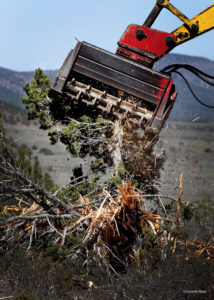

 Southern Utah Wilderness Alliance
Southern Utah Wilderness Alliance

Withdrawal Means Planned Vegetation Treatments in Grand Staircase-Escalante National Monument Have Been Reduced From More Than 135,000 Acres to Zero FOR IMMEDIATE RELEASE Contact: Kya Marienfeld, Southern Utah Wilderness Alliance, […]
Read More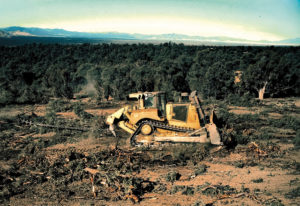
FOR IMMEDIATE RELEASE Contact: Kya Marienfeld, Southern Utah Wilderness Alliance, 435-259-5440, kya@suwa.org Laura Welp, Western Watersheds Project, 435-899-0204, laura@westernwatersheds.org Mary O’Brien, Grand Canyon Trust, 435-259-6205, mobrien@grandcanyontrust.org Moab, UT (January 9, […]
Read More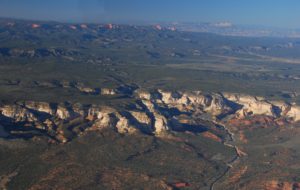
SUWA and partners win appeal of plan to masticate and chain Skutumpah Terrace in GSENM.
Read More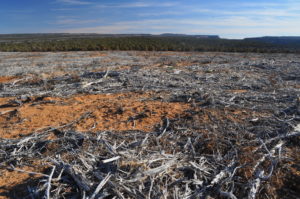
Decision finds BLM ignored cumulative impacts and failed to comply with the Monument’s prohibitions on using non-native seed Moab, UT (September 17, 2019) – The U.S. Department of the Interior’s […]
Read More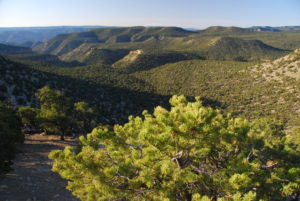
FOR IMMEDIATE RELEASE Contact: Kya Marienfeld, Wildlands Attorney, Southern Utah Wilderness Alliance, 435-259-5440 kya@suwa.org Salt Lake City, UT (May 14, 2019) – Last week, the Bureau of Land Management (BLM) […]
Read More